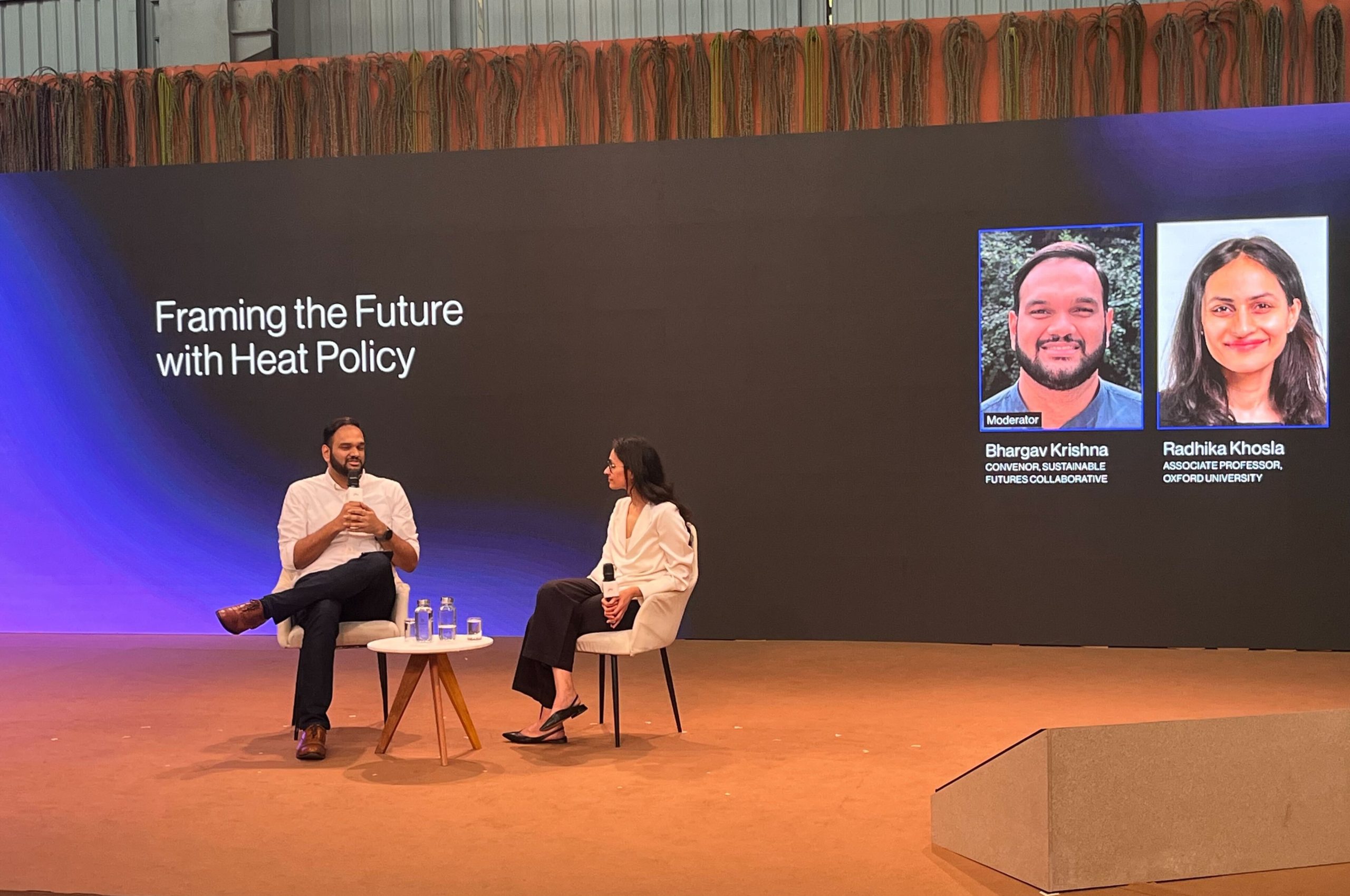Public engagement
Opinions

Avoiding the Climate “Ambition Trap”
Navroz K Dubash
Science Magazine | 14 November 2025
Assessing climate ambition based on what a country says, rather than what it does or is likely to do, is a problem for at least three reasons: ambition is normatively loaded and hard to compare across countries; there’s little evidence of a clear link between ambition of pledges and what countries actually do; domestic political shifts, not global cooperation, have been a more effective driver of climate action.

Who Owns Tomorrow’s Emissions?
Aman Srivastava and Nikita Shukla
The Wire | 24 October 2025
Climate finance discussions should recognise future emissions are attributable to developed countries.
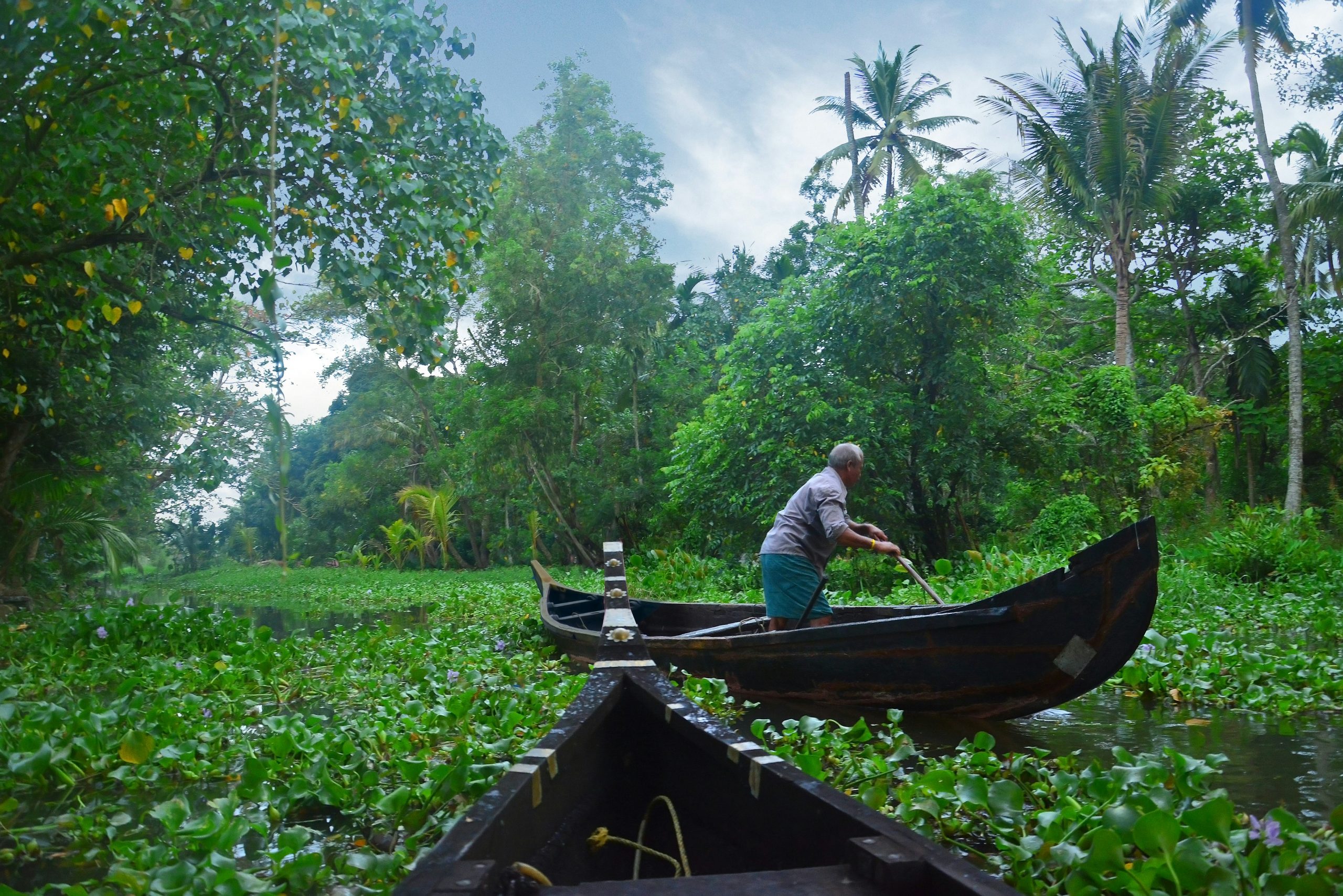
Labour, Nature and Capitalism: Exploring Labour-Environmental Conflicts in Kerala, India by Silpa Satheesh (2025): A Review
Sony R K
Doing Sociology | 22 September 2025
Silpa Satheesh’s book, ‘Labour, Nature, and Capitalism: Exploring Labour – Environmental Conflicts in Kerala, India’ makes a significant contribution to understanding how environmental conflicts unfold in contexts marked by economic precarity and institutional complicity. It offers a nuanced perspective from the Global South on how material interests, ideological alignments, institutional power, and contested understandings of nature shape ecological struggles.
In the news
How cities with geography like Delhi dealt with air pollution: Researchers answer
Indian Express | 11 December 2025
Ishita Srivastava, Arunesh Karkun, and Bhargav Krishna spoke to Indian Express on why pollution is perceived as a seasonal issue in India and what we can learn from cities across the globe with geographies similar to Delhi to improve our air quality.
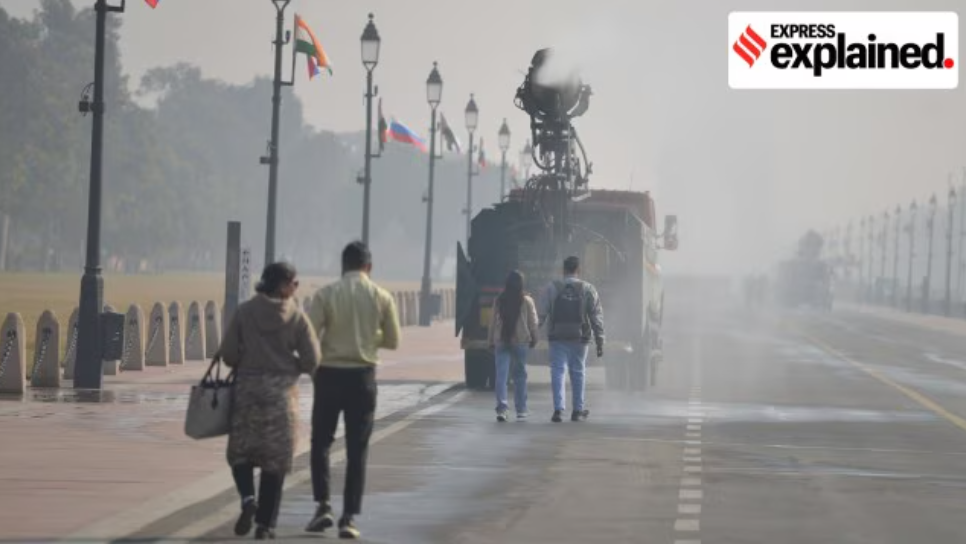
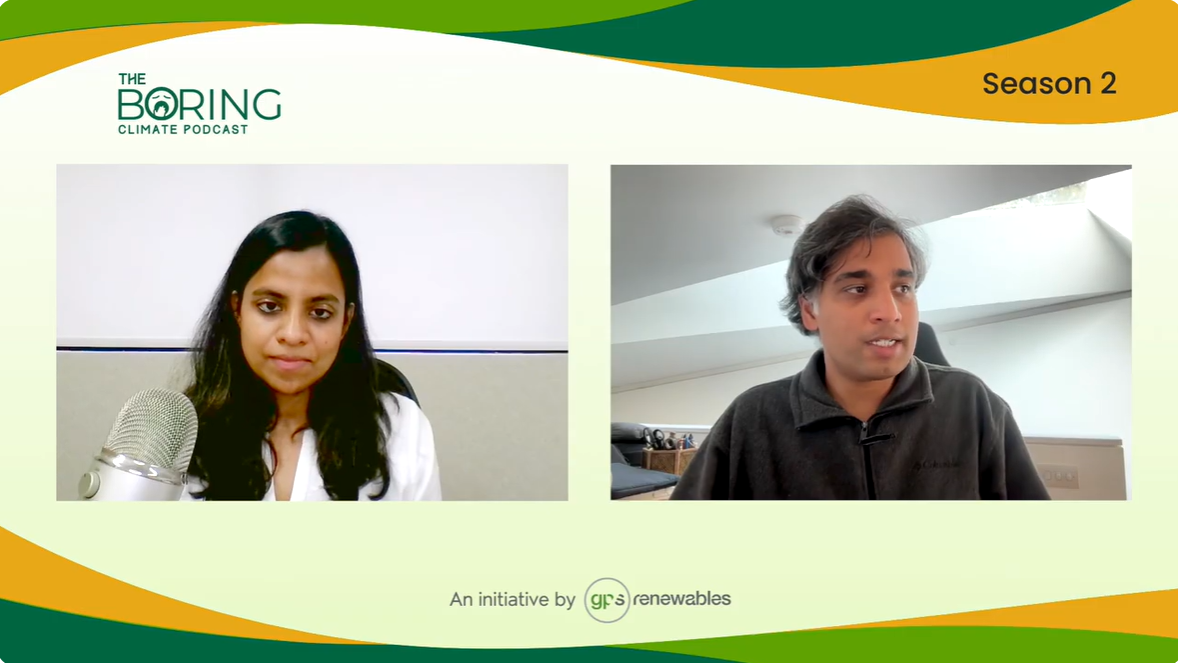
The Hidden Cost of Heat, ft. Aditya Valiathan Pillai
The Boring Climate Podcast | 3 December 2025
“Heat is the ‘invisible’ disaster – it’s all around us, kills as many, perhaps more people, in India than other extreme weather events, yet doesn’t capture public attention like floods or cyclones” – Aditya Valiathan Pillai spoke on the hidden cost of heat, ways to act upon it, the policy interventions we need as our planet warms, and why this is not just a climate problem, but very much a human problem.
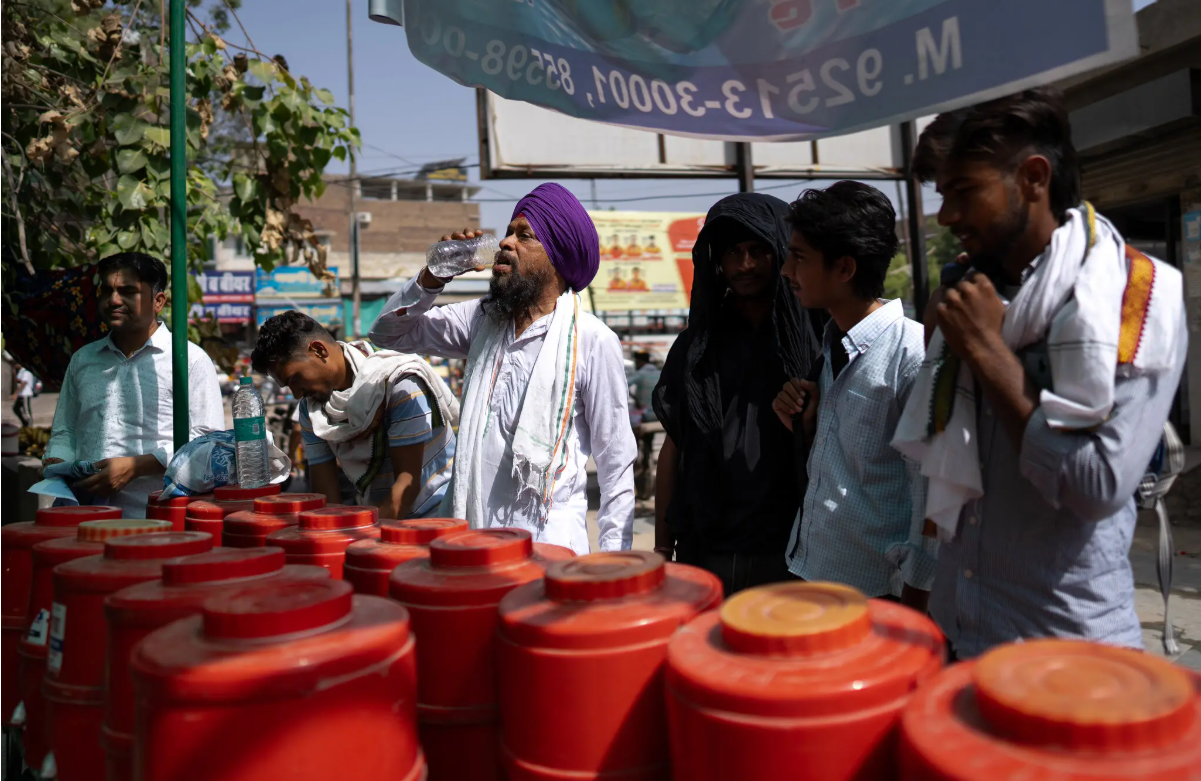
How Many People Die in India From Hot Weather? Nobody Really Knows
The New York Times | 17 November 2025
“The number of people who die from heat-related causes who were able to reach a health-care facility in time to be diagnosed accurately is a very small percentage. This is another reason reported deaths from extreme heat do not reflect the actual number” – Bhargav Krishna quoted in The New York Times.
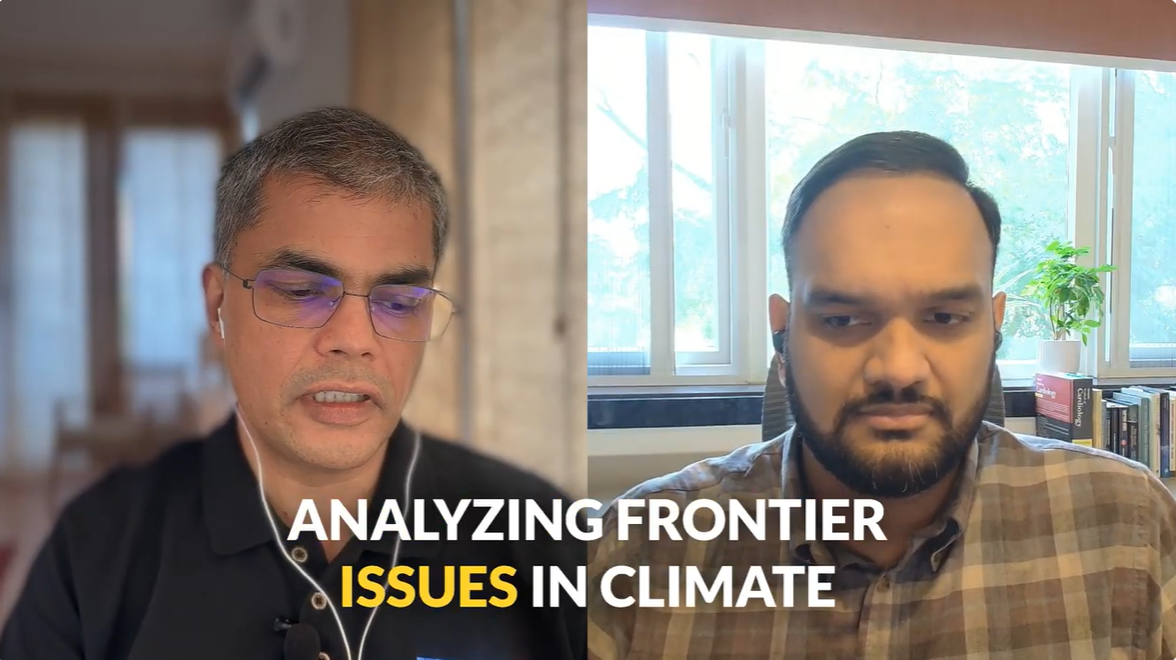
Why Air Pollution Management Must Change: The Air Shed Solution
Earth Chakra | 12 November 2025
“What we’ve seen from national as well as global evidence is that, even low to moderate exposures to air pollution, especially PM2.5, can lead to cardiovascular diseases, hypertension, short- and long-term respiratory conditions like asthma attacks, as well as pre-mature births and low birth weight in babies, and various other cognitive developmental outcomes” – Bhargav Krishna in conversation with Earth Chakra, discusses how the threat of air pollution is a pan-India issue in cities beyond Delhi, such as Bengaluru, Mumbai, and Pune, in light of the rising air pollution in India’s urban centres.
Speaking engagements
Annanya Mahajan spoke on how India’s policy response to air pollution should prioritise health by targeting the most dangerous pollutants to which people are most commonly exposed, at the first edition of the Act Now Forum, organised by Gaialink, in partnership with Habitat India, on 20 December 2025. The forum is a multi-sector dialogue aiming to understand the urban, and now rural, air crisis and is designed to turn expert insights into clear, actionable direction for the public.
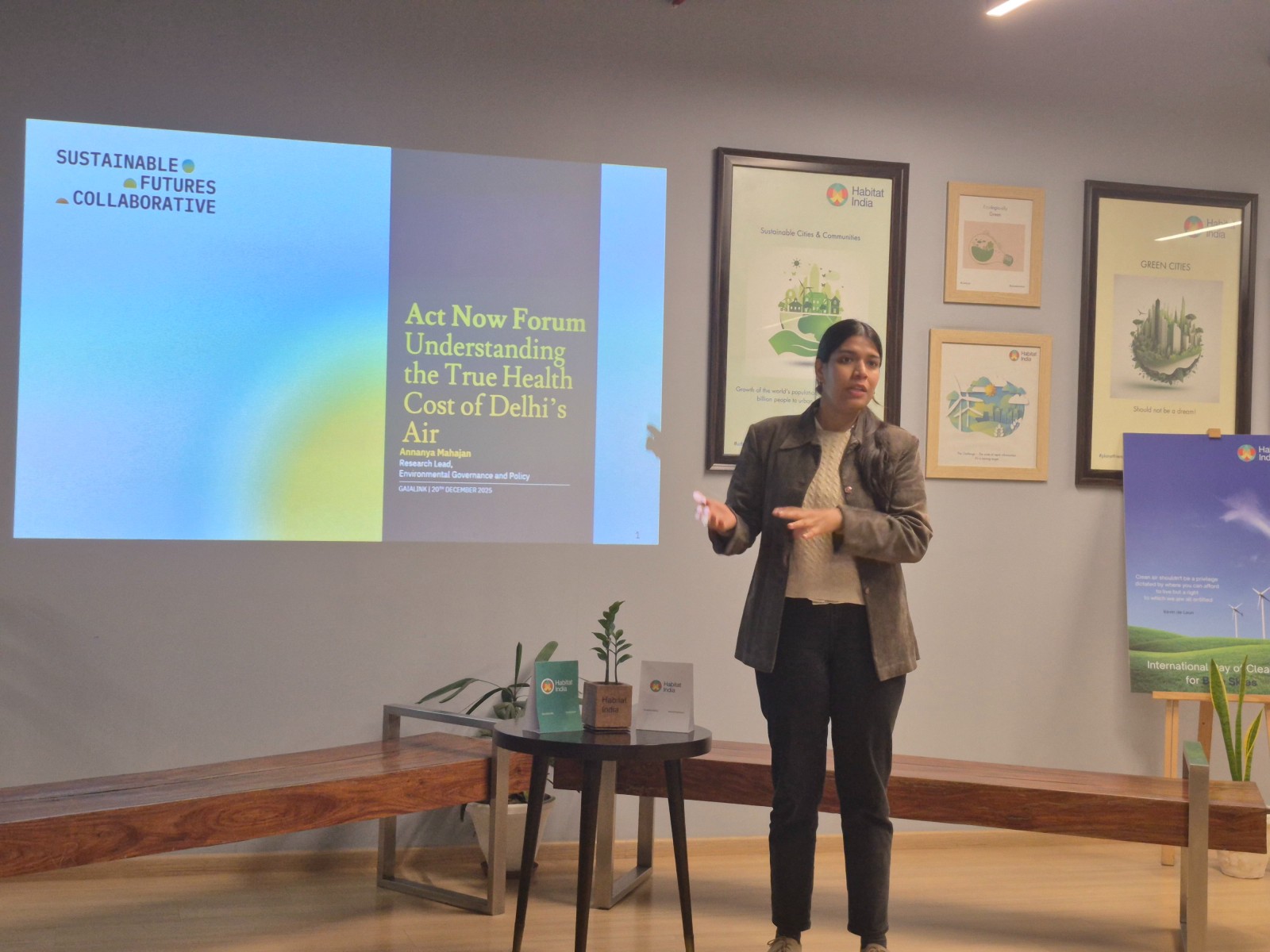
Sony R K co-convened a panel titled, ‘Epistemic Uncertainties and the Politics of Scientific Knowledge in Environmental Governance’, with Ranjith Kallyani (Assistant Professor, Jaypee University of Information Technology, Solan, HP) at the First STS India Network Conference “Co-Shaping of Science, Technology, and Society in India”, organised by OP Jindal Global University and STS India Network in collaboration with IIT Delhi. The panel examined how scientific knowledge in environmental governance is shaped by uncertainty, power, institutional interests, and socio-political contexts, challenging the notion of science as a neutral or singular authority in decision-making.

Bhargav Krishna shared insights on translating research evidence into impactful policy changes, emphasising the importance of dismantling research silos and the significance of multi-sectoral interventions to tackle public health challenges, at the Third Annual Symposium, ‘Beyond the Halfway Mark: Scaling Impact at the Nexus of Environment and Health’, organised by NIHR: Global Health Research Centre for Non-Communicable Diseases and Environmental Change on 9 December 2025 in Hyderabad.

Aditya Valiathan Pillai moderated a panel, ‘Is the future of Comfort collective?’ with the speakers – Dr Rajan Rawal (CEPT), Sheila Sri Prakash (Shilpa Architects) and Madhav Pai (WRI) at Conscious Collective 2025, organised by Godrej Design Lab. They discussed the underlying social, cultural, and economic forces driving India into a heat trap and, more specifically, India’s buildings, urban form, and cooling expectations.
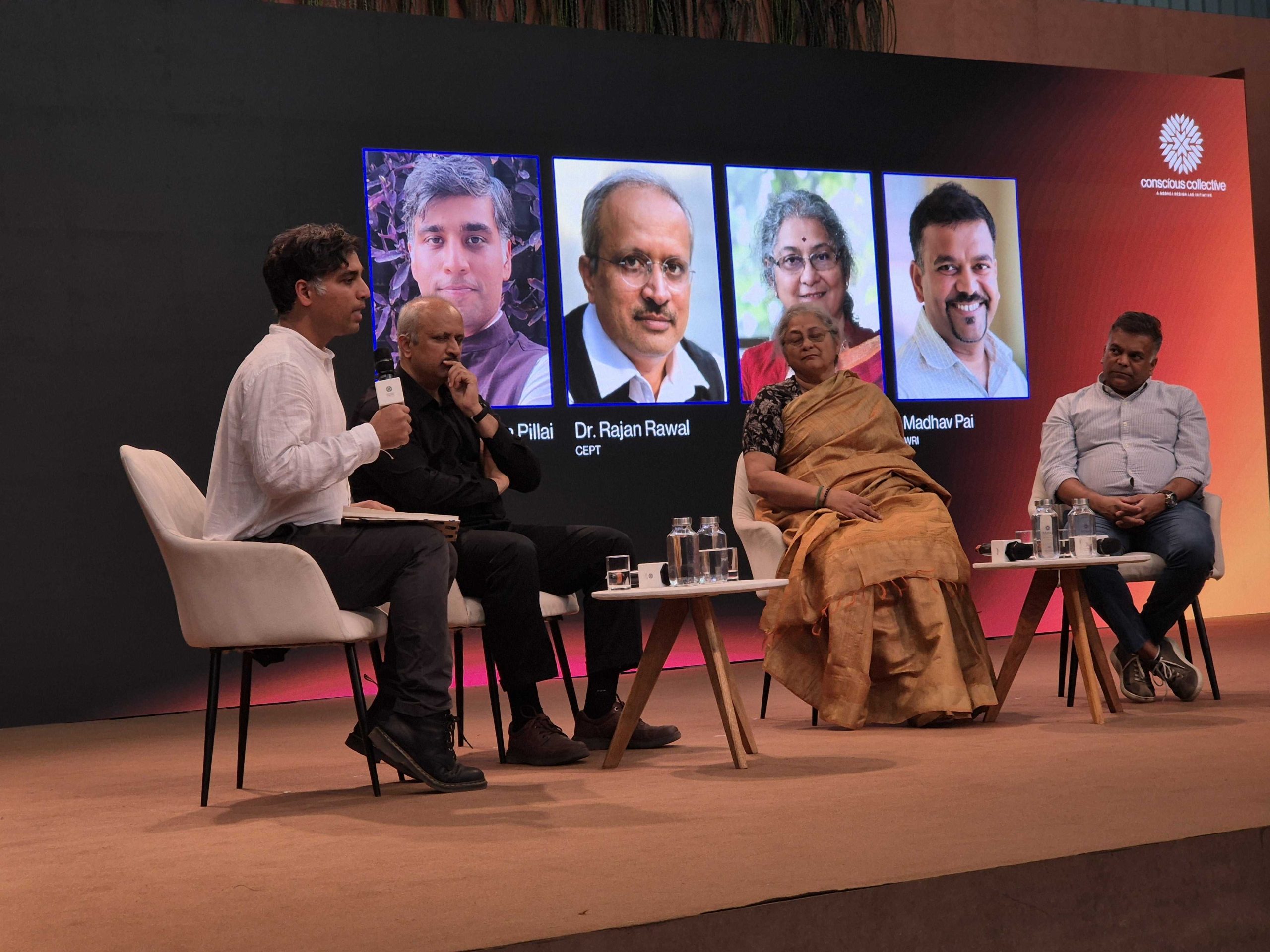
Bhargav Krishna was in conversation with Radhika Khosla (Associate Professor, University of Oxford) about the future of heat policy at Godrej Design Lab’s Conscious Collective 2025. The discussion covered how heat in India has shifted from an information problem to a lived crisis — one that demands action-oriented policy with clear entry points like public health. They discussed the need for discussions around HAPs to move from their number to their quality: locally informed, science-based, and transforming from a tool for disaster response to one that enshrined long-term urban liveability. Central to this shift is treating mitigation and adaptation as inseparable, and to have passive cooling, greener spaces, and stronger coordination between state and non-state actors at the core.
